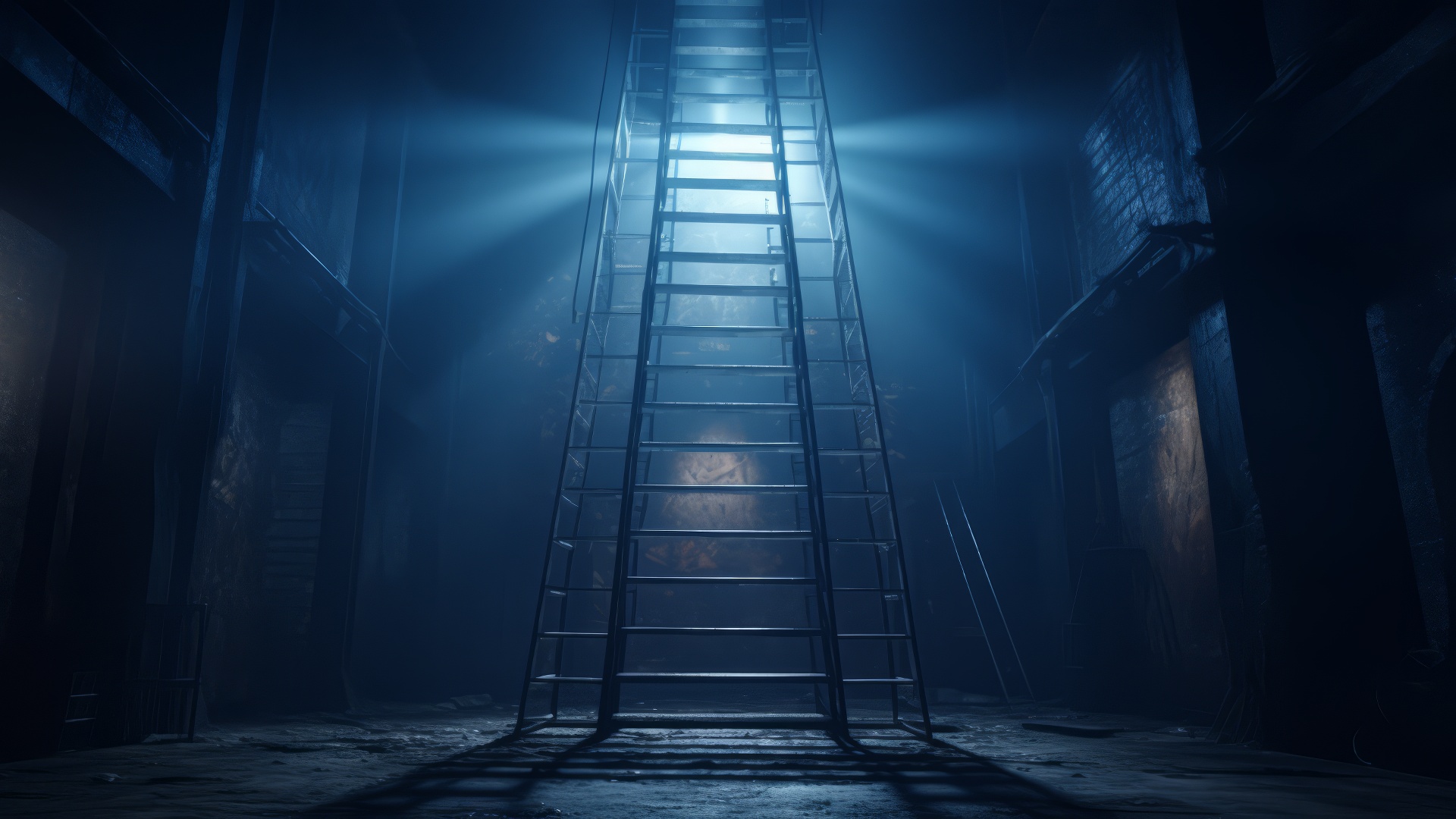In 1942, Chicago Pile-1, under Enrico Fermi’s guidance at the University of Chicago, achieved the inaugural controlled nuclear chain reaction. This milestone shaped the trajectory of atomic research, influencing energy sectors and wartime strategies.
Historical Context
- The Manhattan Project: A top-secret U.S. government project initiated during World War II to develop the first atomic bomb.
- The race for nuclear capability: Several nations were pursuing atomic research during the 1930s and 1940s, understanding its potential military and civilian applications.
Location & Name
- University of Chicago: Chicago Pile-1 (CP-1) was constructed under the bleachers of the university’s abandoned Stagg Field.
- “Pile”: Refers to the layered structure of graphite and uranium that made up the reactor.
Main Figures
- Enrico Fermi: An Italian physicist, Fermi played a central role in the construction and operationalization of CP-1.
- Leo Szilard: Played a key role in conceptualizing the chain reaction process.
- Arthur Compton: Overseer of the project and head of the Metallurgical Laboratory at the University of Chicago.
Design & Composition
- First-ever Nuclear Reactor: CP-1 was the world’s first artificial nuclear reactor.
- Graphite Moderator: The reactor used graphite blocks to slow down neutrons and increase the likelihood of further fission reactions.
- Uranium Fuel: Natural uranium lumps, both U-235 and U-238, served as the fuel source.
Operationalization & Results
- December 2, 1942: The day the reactor went critical, signifying the first controlled, self-sustaining nuclear chain reaction.
- Duration: The reaction lasted for 28 minutes.
- Control Rods: Cadmium rods were used to control the reaction, absorbing excess neutrons.
Aftermath & Legacy
- Decommission: The reactor was dismantled and reassembled at a safer location as Chicago Pile-2.
- Implications: The success of CP-1 paved the way for further nuclear research, culminating in the development and use of atomic bombs on Hiroshima and Nagasaki in 1945.
- Nuclear Power: The foundation laid by CP-1 eventually led to the development of nuclear power reactors, which have since become a significant source of energy worldwide.
Global Perspective
- Cold War Era: The advancements in nuclear technology initiated by projects like CP-1 intensified the nuclear arms race between the U.S. and the Soviet Union.
- International Nuclear Treaties: The widespread potential of nuclear weapons led to international agreements like the Nuclear Non-Proliferation Treaty (NPT) to regulate nuclear capabilities.





